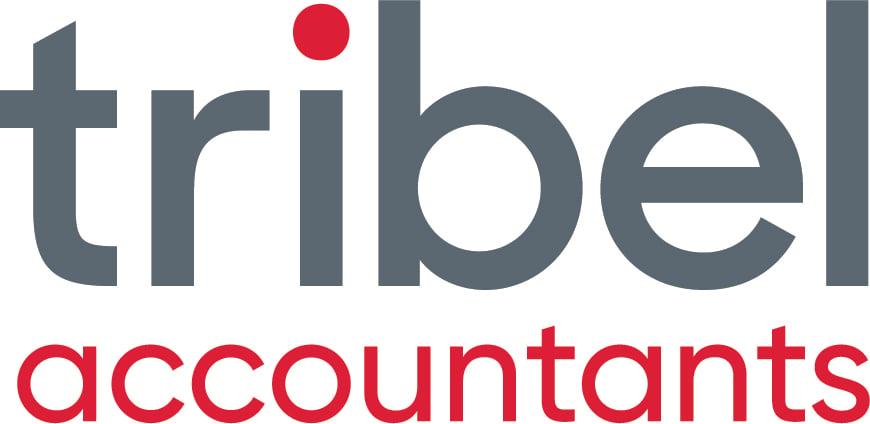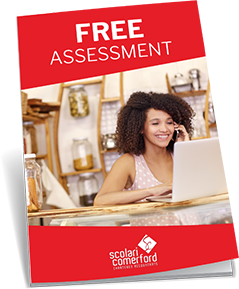INTRODUCTION:
With interest rates so low at the moment, financing assets needed by your business can appear quite attractive particularly if you are regarded as a small business entity (SBE) by the tax office and looking to minimise your tax before 30 June. Being a SBE will entitle you to a 100% deduction for most assets bought by your business that are less than $20,000 excluding GST before 30 June 2016 (subject to business use percentage).
What are the different types of asset financing arrangements and which should you be considering with your small business accountant prior to purchasing them? Building any repayments into any cash flow forecast or 3 way budget will also show you how much liquidity you can keep over the life of the loan.
Figure 1: Financing assets can preserve cash flow.
1. Hire Purchase
With a hire purchase the asset does not transfer to the hirer until the last payment is made. From a tax perspective, you can claim depreciation and interest charges and other running costs. For hire purchase arrangements after 1 July 2012, GST will be charged on interest payments as well as the asset itself. However, if you account for GST on a cash basis, you are entitled to still claim the whole of the GST in the first BAS due when you acquired the asset. For asset agreements prior to 1 July 2012, there would have been no GST on the interest components and if you were on the cash basis you would have had to claim the GST gradually over the term of the agreement.
2. Chattel mortgage
With a chattel mortgage, you take ownership of the asset immediately and the asset is the security for the lender. You can claim the GST regardless of whether you are on a cash or accruals basis. You can claim a tax deduction for depreciation, running costs and interest up to the business percentage usage.

Figure 2: Cars such as this used by the Wacky Races Anthill Mob can also be financed in various ways not just plant and equipment.
3. Finance Lease
Under a finance lease agreement, the person who:
- grants the lease (lessor) is the owner of the goods;
- leases the goods under the lease (lessee) uses them for a specified time and, in return, makes a series of payments that can be fixed or flexible.
GST is claimable for the lessee as they make payments each quarter. The lease payments and running costs are tax deductible (includes interest payments) provided the residual is in line with ATO expectations but depreciation is not claimable.
4. Secured Loan (Residential Or Commercial)
This is similar to a chattel mortgage as you own the goods but technically as the asset is secured by residential or commercial property, the interest rates should be cheaper. However, whilst this is generally a cheaper form of finance, you have used up security that might have been required for other working capital when you could have used a chattel mortgage or other form of finance.
CONCLUSION:
Very rarely would your business pay cash for a piece of plant and equipment these days as the cash can be used for better things within your business or at the very least left as emergency funding if required. If you are borrowing, try and get the payments to match your cash flow forecasts when you know it will be best suited. Also try and match the finance contract to the useful life of the equipment or how long you intend to use it, whichever is shorter. There’s no point taking out a five year lease on something you only intend to keep for three years.


.png?width=100&height=100&name=COVID_Safe_Badge_Digital%20(002).png)



